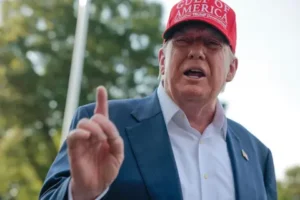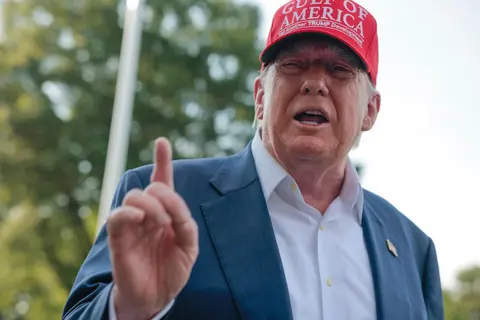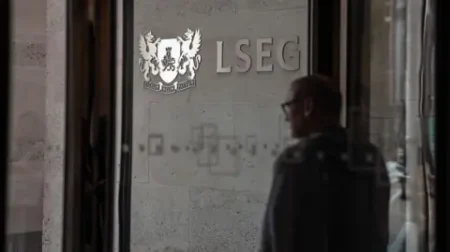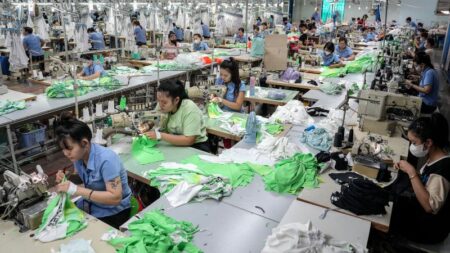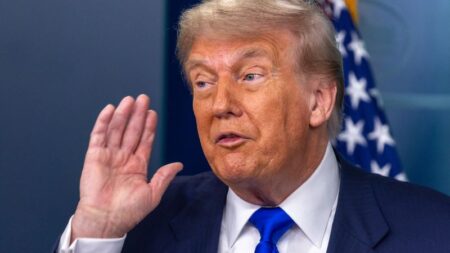**Trump Announces Landmark Trade Deal with Vietnam**
Recently, President Donald Trump declared a crucial new trade agreement with Vietnam, announcing a notable reduction in tariffs aimed at fostering bilateral trade relations. This decision comes after intense negotiations that evolved leading up to the announcement. Specifically, Trump indicated that the United States would impose a 20% tariff on imports from Vietnam, a significant decrease from the 46% levies set to be enacted soon under previous regulations.
The backdrop of this agreement involves a tactical pivot by the Trump administration in response to ongoing trade tensions globally, particularly with major economies like the European Union and Japan. These nations are actively seeking to finalize their own trade agreements with the United States in light of the escalating tariffs that have been proposed. The new deal not only reorganizes tariff rates but also allows Vietnam to impose no tariffs on American exports, effectively broadening the market opportunities for U.S. businesses.
**Understanding the Tariff Implications**
Tariffs, essentially taxes levied on imported goods, are typically absorbed by the importing companies. However, this cost often trickles down to consumers, raising prices on the final products. Under Trump’s newly dubbed “Great Deal of Cooperation,” any goods transshipped through Vietnam will incur a steeper tariff of 40%. This measure is anticipated to curtail the import of Chinese products disguised as Vietnamese exports, a practice that has drawn scrutiny in recent years.
Peter Navarro, a senior advisor to Trump, recently pointed out that approximately one-third of all Vietnamese exports to the U.S. may include Chinese products rerouted through Vietnam, prompting this enhanced oversight and regulation regarding transshipping.
In a social media post following the announcement, Trump affirmed, “Vietnam will do something that they have never done before, giving the United States of America TOTAL ACCESS to their Markets for Trade.” The promise involves a significant decrease in trade barriers, facilitating American product sales in Vietnam without tariff constraints.
**Vietnam’s Growing Role in Global Manufacturing**
Vietnam has burgeoned into a major continental manufacturing hub, catering to global brands such as Nike, Apple, the Gap, and Lululemon. This rise is attributable, in part, to the exodus of various firms relocating production from China, stirred by the tariffs imposed by Trump during his initial term. Consequently, stock prices for companies manufacturing in Vietnam appreciated following the trade deal’s announcement, even amidst the clarification of the forthcoming 20% tax that would be implemented on their exports to the U.S.
During the announcement, Trump communicated his desire to maintain a productive dialogue with Vietnamese leadership, engaging in a phone call with Vietnam’s General Secretary, To Lam. In this discussion, Trump reiterated an invitation for an official visit to the Southeast Asian country.
**Trump Organization Ventures in Vietnam**
Coinciding with the trade negotiations, the Trump Organization unveiled plans for investment projects within Vietnam. The Vietnamese government has reportedly sanctioned a development project worth $1.5 billion in collaboration with local entity Kinh Bac City Development, aimed at expanding luxury real estate, hotels, and golf courses. Notably, the Trump Organization is also seeking locations to establish a Trump Tower in Ho Chi Minh City, highlighting the president’s ongoing interest in forging close economic ties with Vietnam.
**The Broader Implications of Trade Dynamics**
The strategic repositioning of tariffs reflects a broader evolution in American trade policies under Trump. Initially, steep tariffs were levied on various trading partners in April 2025, aimed at addressing perceived inequities in trade relations. However, in attempts to foster negotiations, these tariffs were briefly lowered before the latest deal with Vietnam has recalibrated the approach, promoting more favorable terms with partner countries.
As of now, the U.S. has successfully renegotiated trade terms primarily with Britain and experienced temporary tariff adjustments with China, illustrating a trend towards bolstering American economic interests while navigating complex international trade landscapes. The recent pact with Vietnam rounds out a critical aspect of Trump’s trade strategy as he seeks to cement a legacy of robust international trade relations during his administration.
Overall, this deal not only represents a substantial diplomatic and economic milestone for U.S.-Vietnam relations but also signals a more aggressive stance on trade reform from the Trump administration.


